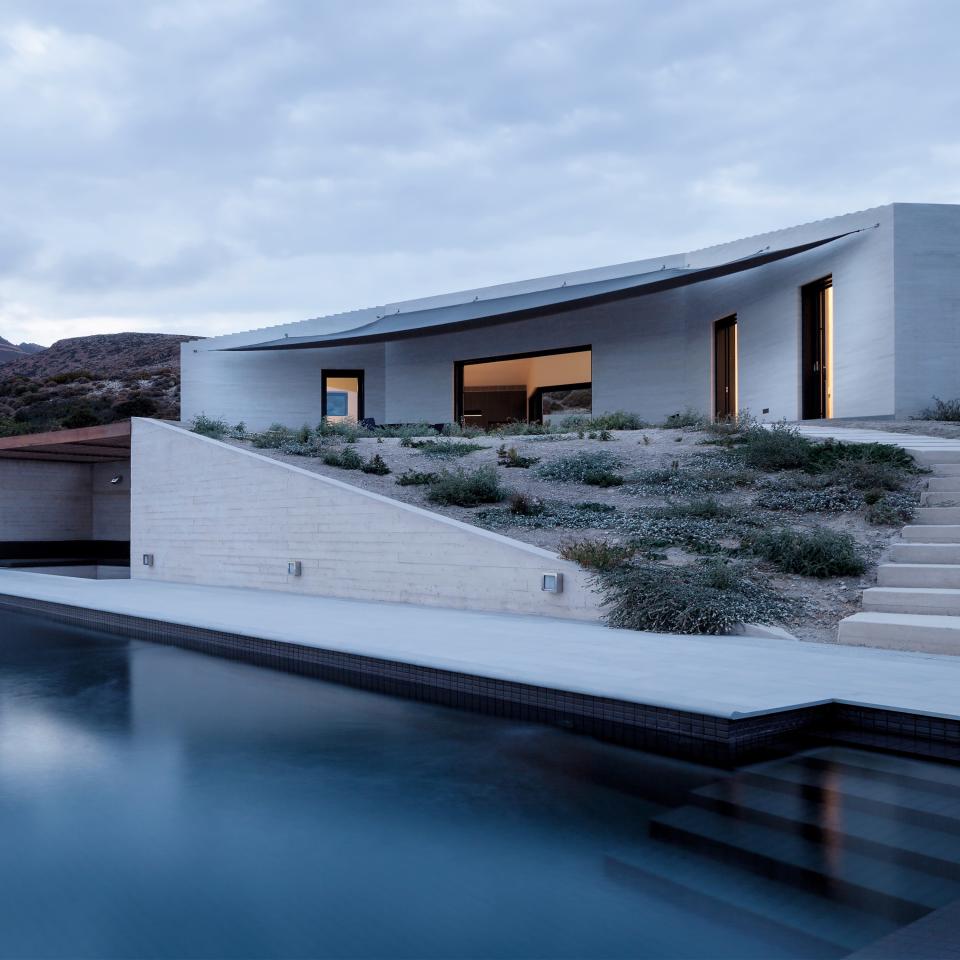What It Takes To Live On Water
What It Takes To Live On Water
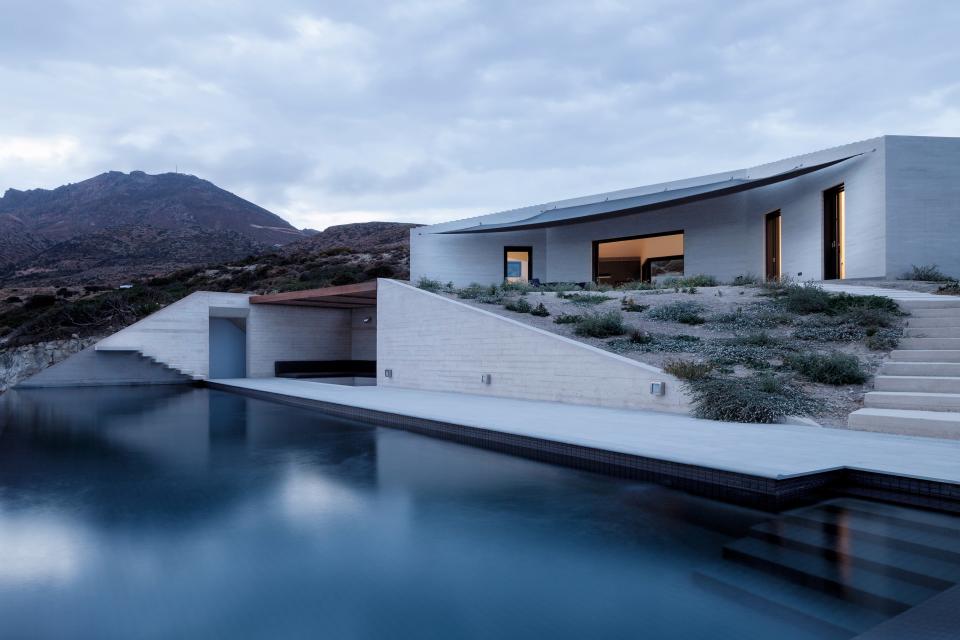
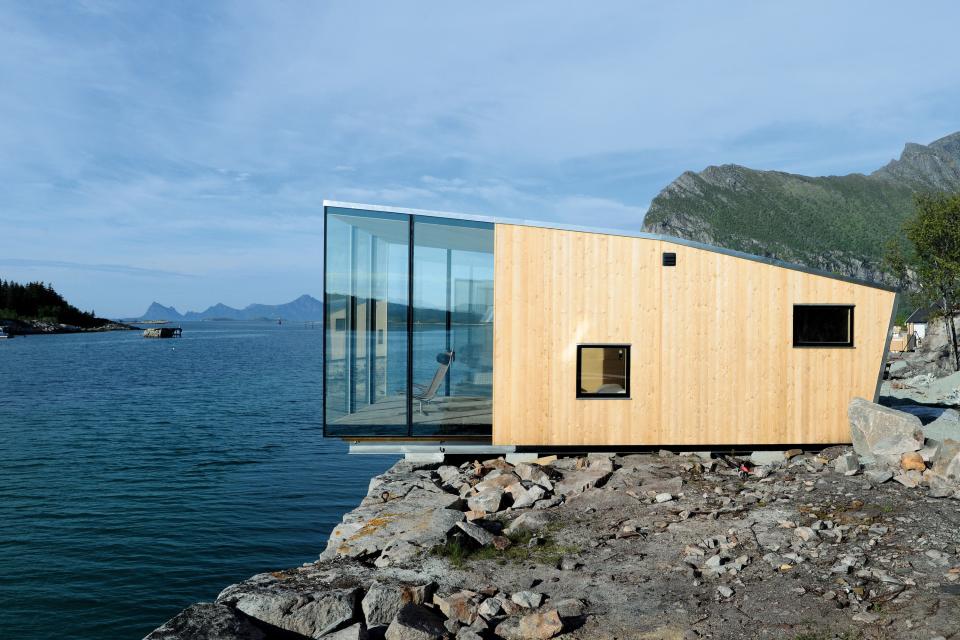
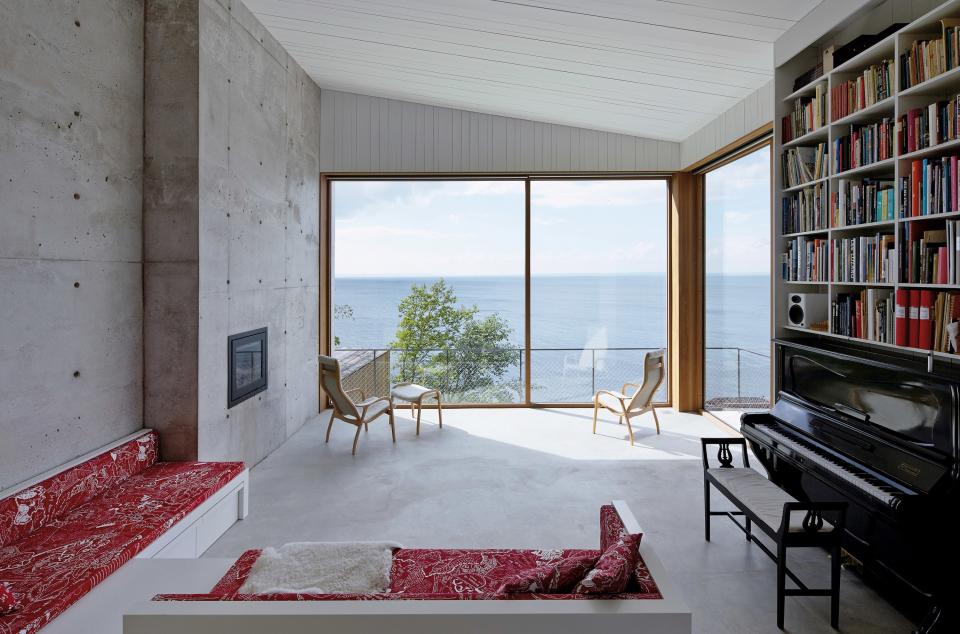
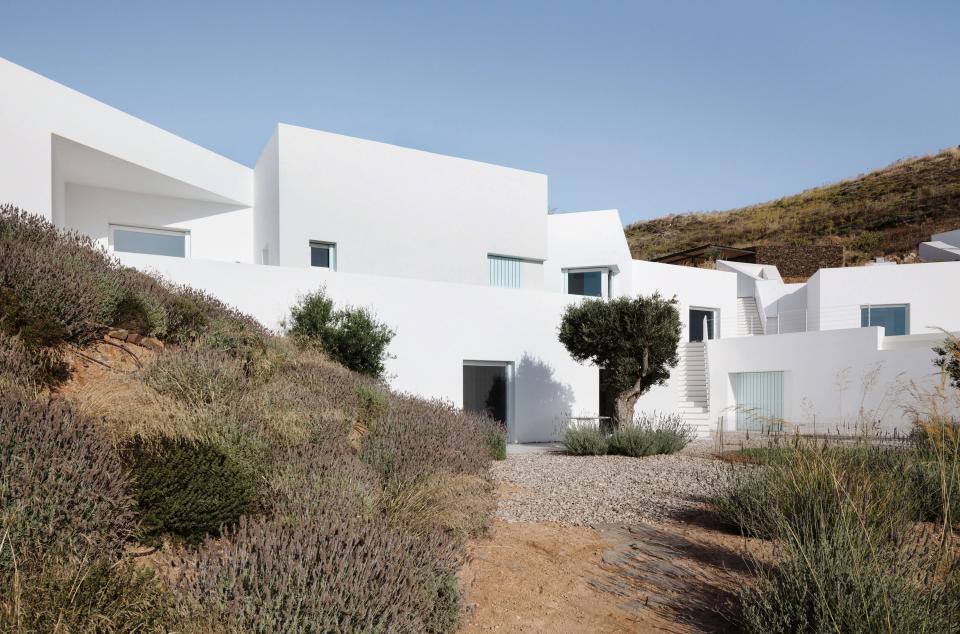
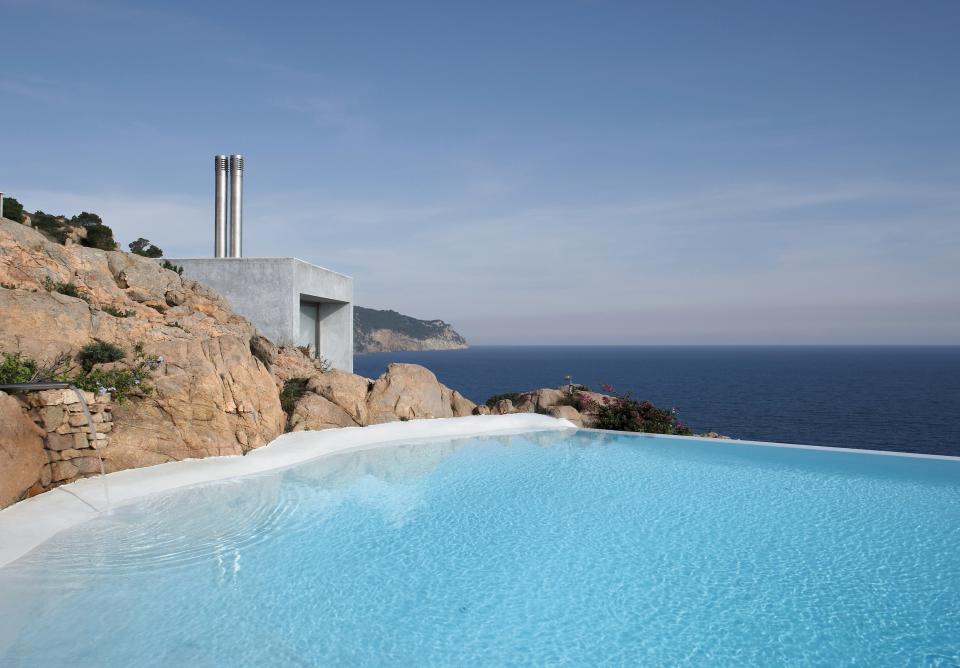
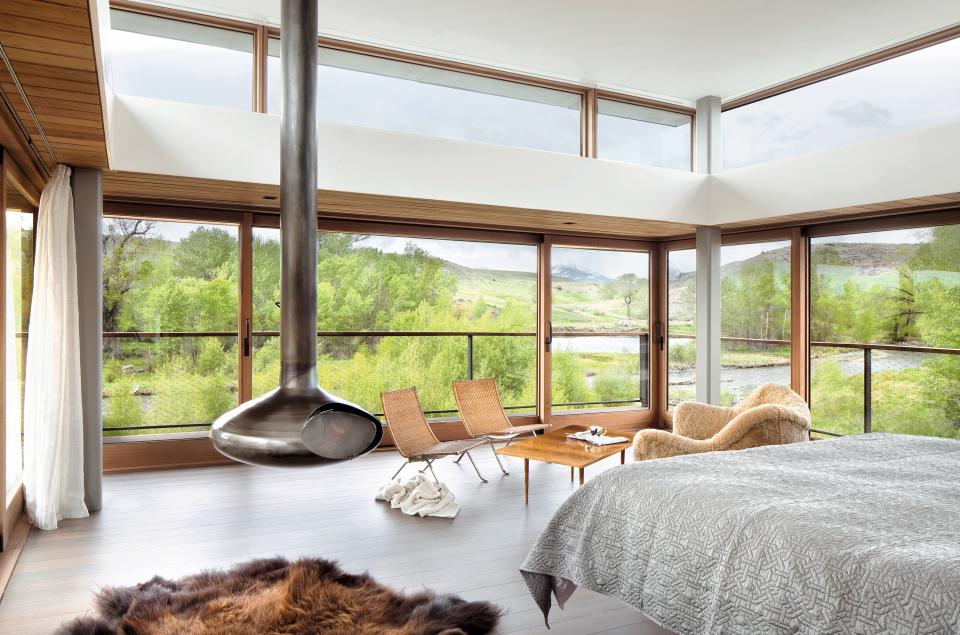
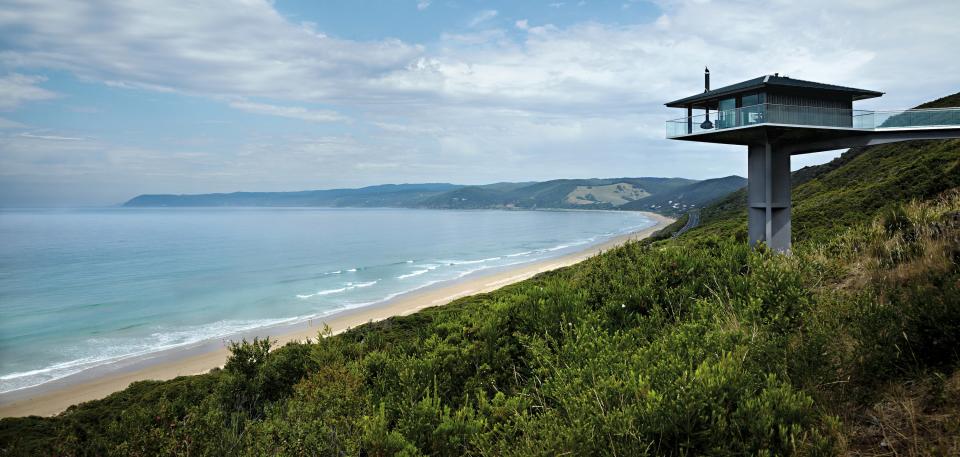
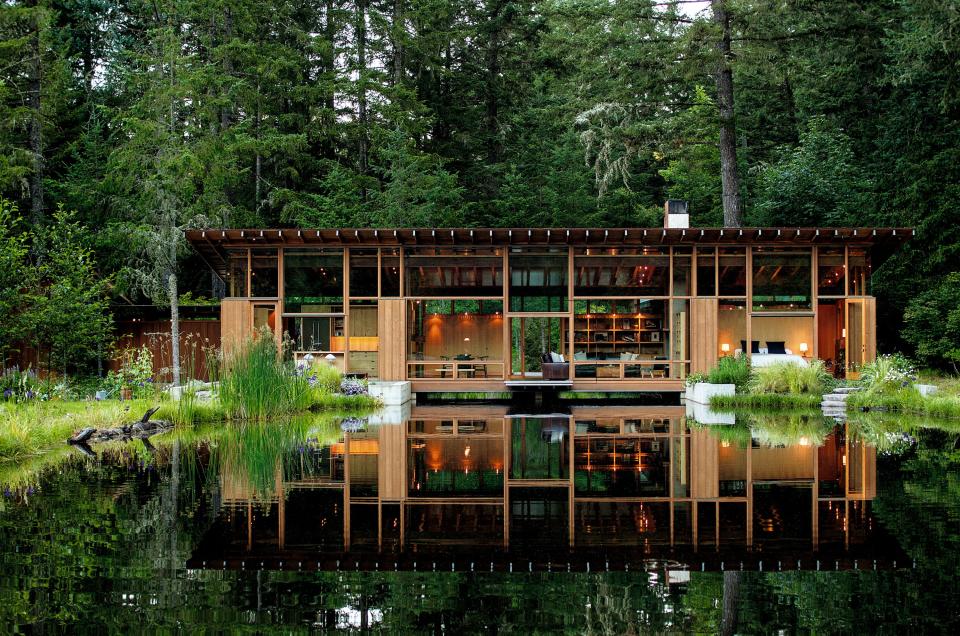
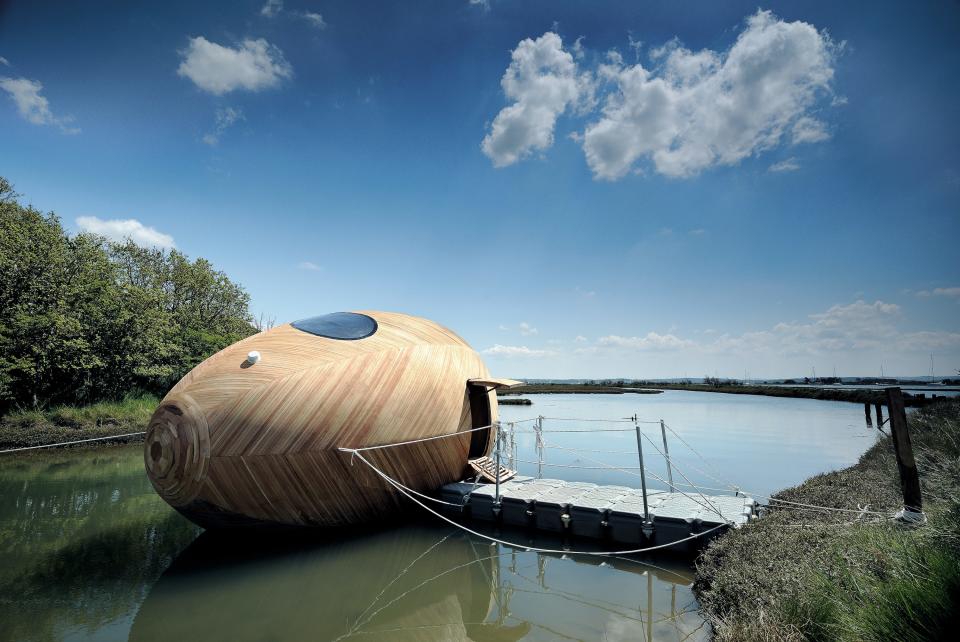
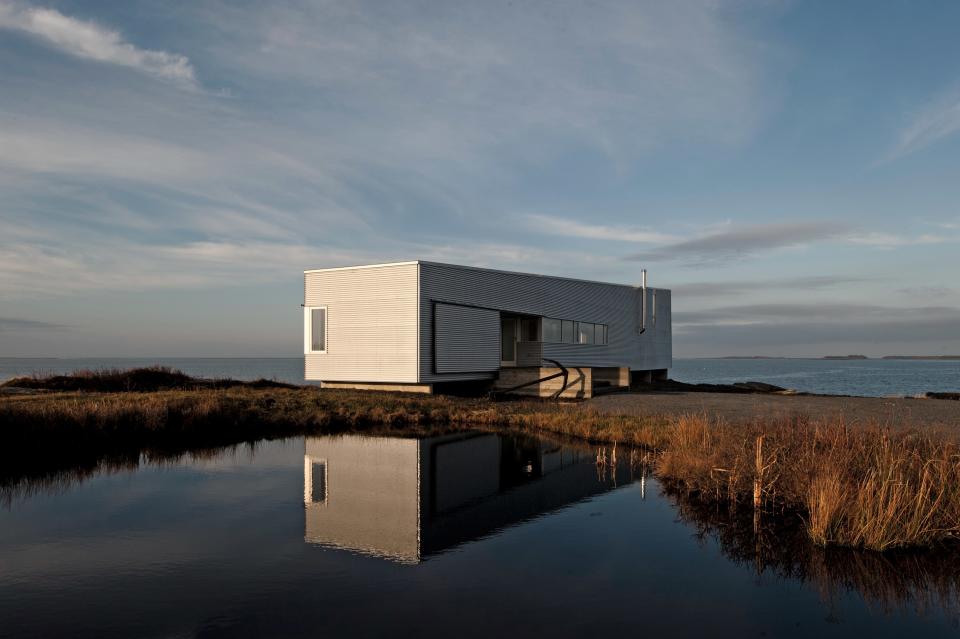
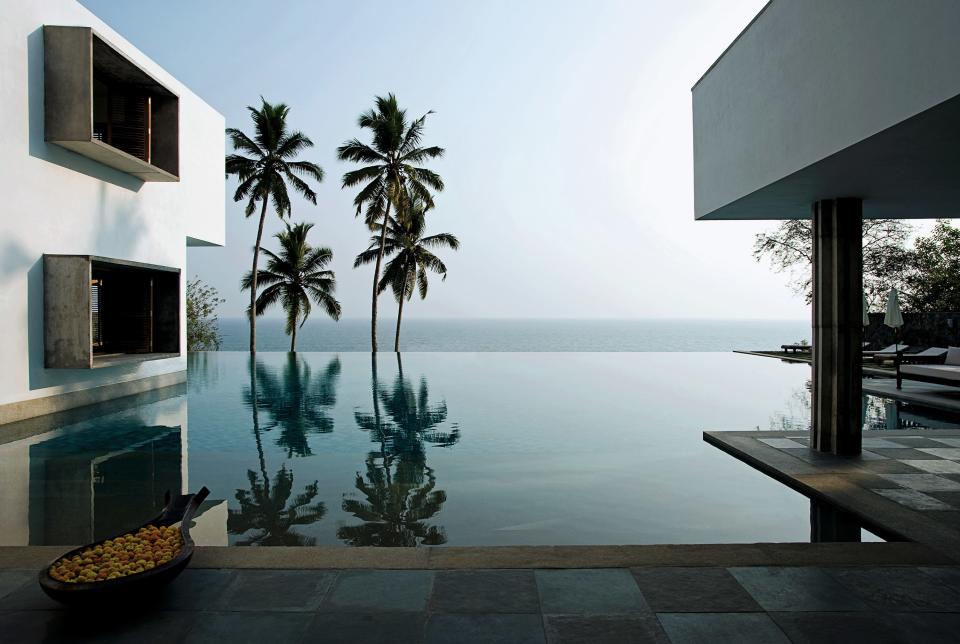
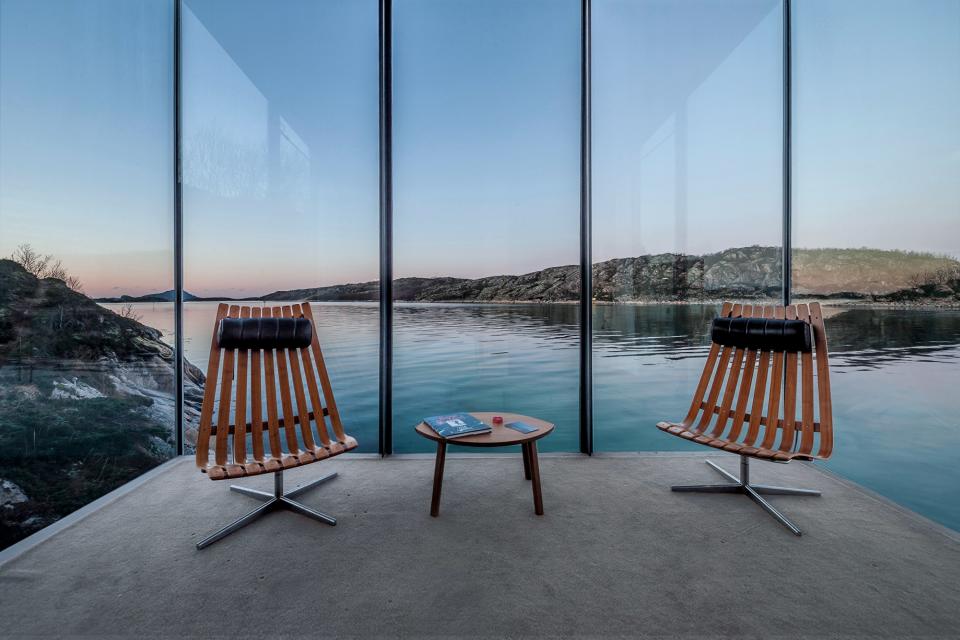
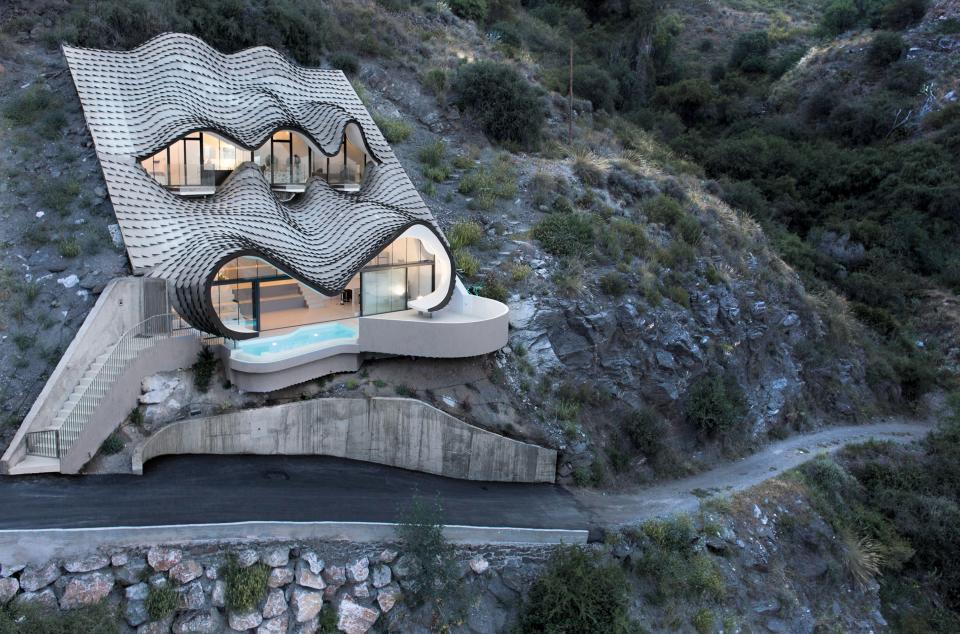
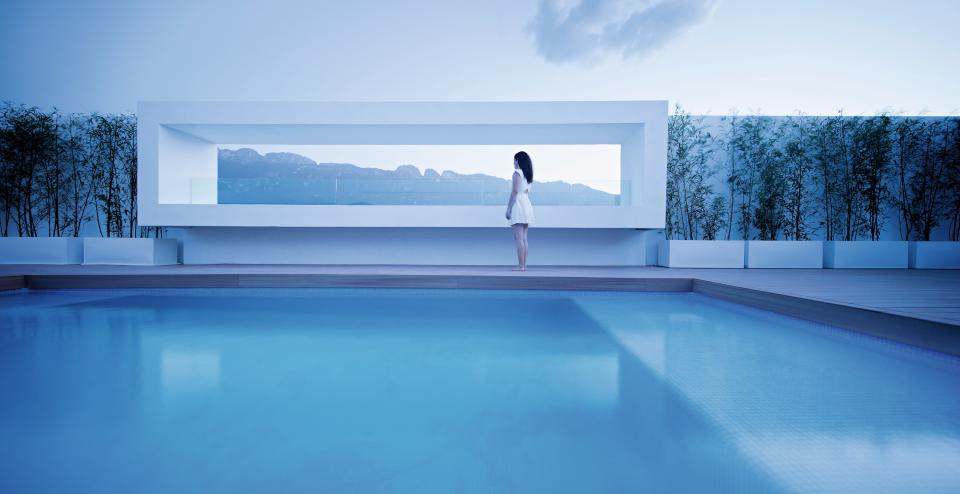
What is it about being in close proximity to water that affords so much peace of mind? We cityfolk always seem to be planning the next getaway to a beach-centric locale or envying those who are going instead, perhaps most for that particular brand of calm that comes with seeing soft sets of rolling waves collapse into the sandbar. Marine biologist Wallace J. Nichols once said that humans have a “blue mind” when around water, by which we enter “a mildly meditative state characterized by calm, peacefulness, unity, and a sense of general happiness and satisfaction with life in the moment.”
In Phaidon’s new book Living On Water, the theory is tested and proven. Marveling over the beautiful selection of 55 homes—classified under three categories: Built To Look At Water, Built On Water and, finally, Built To Reflect Water—is to undergo an exercise of meditation and mental decluttering, and to discover architectural dreams realized.
These projects don’t sell themselves as easy. To live on water, after all, is to be fully cognizant of the natural element as a life force all its own. Accounting for its ebbs and flows—and for what those may look like in the future—adds another layer of responsibility for the homeowner, and complicates the task of easing a property into a pre-existing landscape.
For these reasons, these homes present an interesting kind of environmental consciousness, taking on the role of guest rather than host upon the grounds they occupy. They fill the crevices between hills, find the rare bit of flatland atop a cliff, or assume the role of a shoreline or riverbank with their own edges. They take into account climate, vegetation, and the dangers of living so close to an ocean, lake, or river—as well as how to situate rooms according to where the sun’s light, often most glaring by the waterside with no other buildings to bounce off of, will fall.
One example, nestled within a steep cliff area in Girona, Spain, is a concrete edifice cast directly into the rock where it sits for protection, heeding the craggy outcrops just below. Though mildly terrifying to peer down, the other side of the house takes advantage of the unevenness, building individual terraces from the stacked rock; one includes a pool, which beautifully looks out onto the deeper blue of the ocean at the ground level.
Then there is the House On the Cliff, also submerged in Spanish hillside terrain, that boasts a wavy, “scaled” exterior. The shell, which looks like it was warped by Salvador Dali and houses a light-filled space inside, was created from zinc tiles to protect it from the elements. While the size of the home is modest, its owners take pride in its creative functionality: their living space easily reconfigures into an auditorium for entertaining, and terraces act as extensions of bedrooms.
Perhaps the most earth-aware is PAD Studio’s Exbury Egg in Hampshire, England. Designed to have as minimal an impact on the planet as possible, the egg was modeled after the nesting habits of seabirds and is made from cold-molded cedar wood. Today, it floats in the Beaulieu River, and inside, the space is primed for hermetic life (or a solo getaway), with just enough room for a hammock, desk, small stove, and, wonderfully, a skylight for stargazing.
From these homes and ones like them, we learn that perhaps the key to living on water is, rather, living alongside it. Above, find 14 examples from the book, out now.
